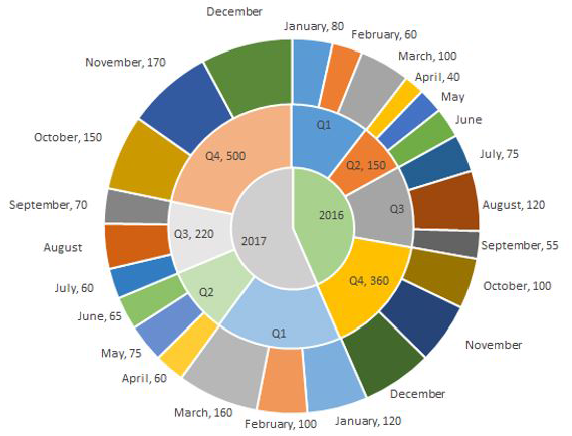1.
The bar chart given below shows the sales of 3 types of cars in the Indian automotive industry over 4 years. All the sales figures have been shown in terms of '000 units.  Which of the following type of car has the highest increase in sales from 2009 to 2012?
Which of the following type of car has the highest increase in sales from 2009 to 2012?
Show Similar Question And Answers
 Source: 92.825 US mobile users, July 2012 - January 2013
Fortunately, those questions were answered by OnDevice Research’s representative. He explained that the survey was conducted on mobile web where the survey software could detect the taker’s device and since user’s rate their satisfaction levels on a 1 to 10 scale, thanks to the Nexus device, Google was included.If you analyze the three reports above, which of the following statements would be the best inference?
Source: 92.825 US mobile users, July 2012 - January 2013
Fortunately, those questions were answered by OnDevice Research’s representative. He explained that the survey was conducted on mobile web where the survey software could detect the taker’s device and since user’s rate their satisfaction levels on a 1 to 10 scale, thanks to the Nexus device, Google was included.If you analyze the three reports above, which of the following statements would be the best inference? What is the percentage increase in sales in December 2017 as compared to the sales in December 2016?
What is the percentage increase in sales in December 2017 as compared to the sales in December 2016? Powered By:Omega Web Solutions
Powered By:Omega Web Solutions